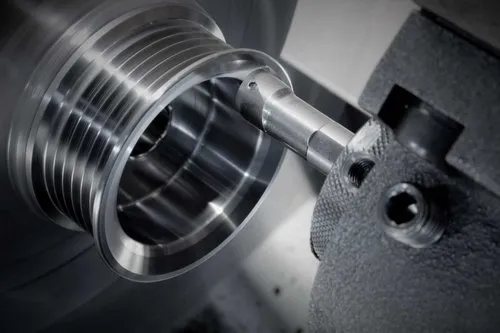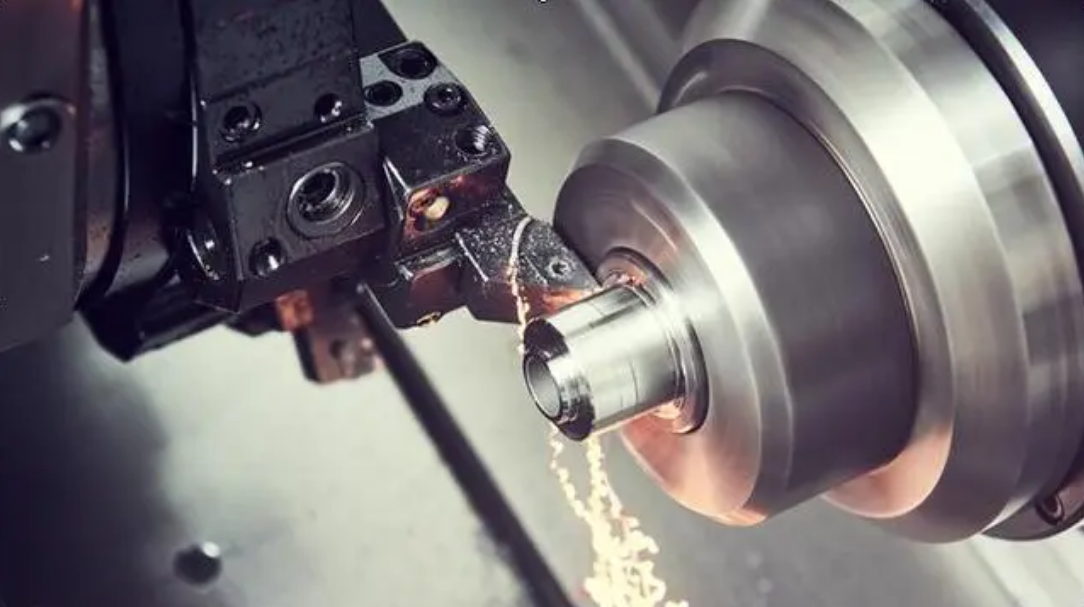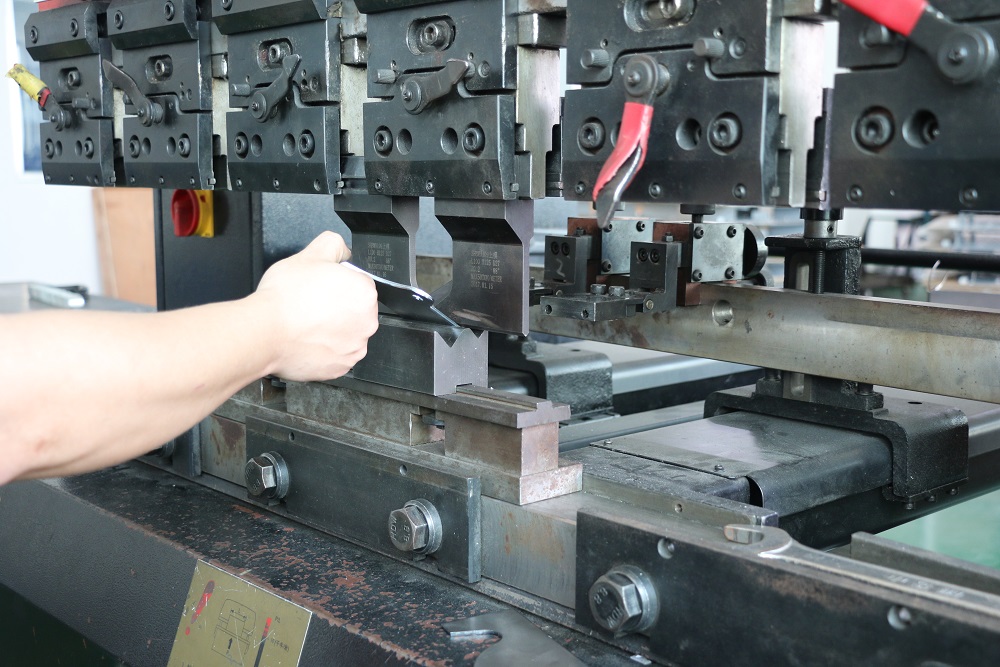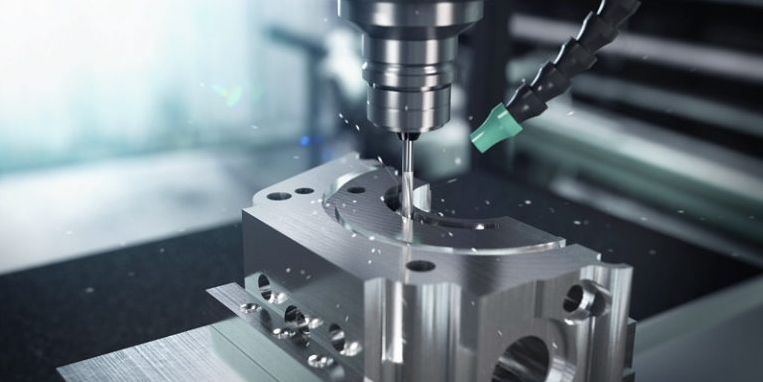Optimize CNC efficiency with high-speed tooling, path optimization, multi-axis machines, automatic changers, and real-time monitoring.
Choose the right CNC machine tool
First and foremost, you should analyze your manufacturing demands. Specifically, consider the scale and complexity of the parts you are going to produce, the materials that you will use, and the intended production rate. For instance, if you need to machine small and complex components, it is advisable to choose high-precision CNC milling machines. Alternatively, if you will be manufacturing larger parts or performing heavy cutting, then a CNC turning center or even a machining center could be better.
Analyzing Machine Specifications
The next step involves analyzing technical parameters of CNC machines. At this point, you should focus on such characteristics as spindle speed, travel of the axis, rapid traverse rates, and the tool number that the machine can accept. Naturally, these parameters directly define the performance of the machine and, consequently, its suitability for your purposes. For instance, if your processes necessitate quick transit and high-speed cutting, you should opt for a CNC machine with a powerful spindle capable of achieving high RPMs.
Considering Automation and Integration
Nowadays, automated and integrated solutions are particularly potent, and this fact should also be considered. In this respect, you should search for CNC machines that can be equipped with automatic tool changes, can be loaded by robots, and can be programmed using CAM software without interruptions. Overall, such applications can both significantly improve the output and minimize the risks of errors, thereby elevating the overall process efficiency.
Passion for Precision and Accuracy
Unquestionably, precision and accuracy are the factors that thrive in many manufacturing industries. Therefore, when choosing a CNC machine, you should opt for equipment with a record of capably providing the necessary level of performance. Correspondingly, you should search for linear encoders, thermal compensation systems, and specially designed controls that can ensure permanent performance of the machine and enhanced cutting accuracy.
Reducing Total Cost of Ownership
On the one hand, you need to consider the acquisition cost. On the other hand, you should also focus on the total cost of ownership and assess such parameters as maintenance requirements, energy consumption, tooling, guarantees, and downtime. Overall, it can be fairly beneficial to acquire a sturdy CNC machine of a higher quality since this move can guarantee lower expenses and substantially higher return rates.
Asking for Assistance
Finally, I would advise you to ask either professionals or suppliers of CNC machines for advice. These specialists can provide you with valuable recommendations and suggestions. Feel free to ask them for a test cut or request a demonstration since this will allow you to understand the machine’s performance better. Overall, there is no substitute to professional assistance.
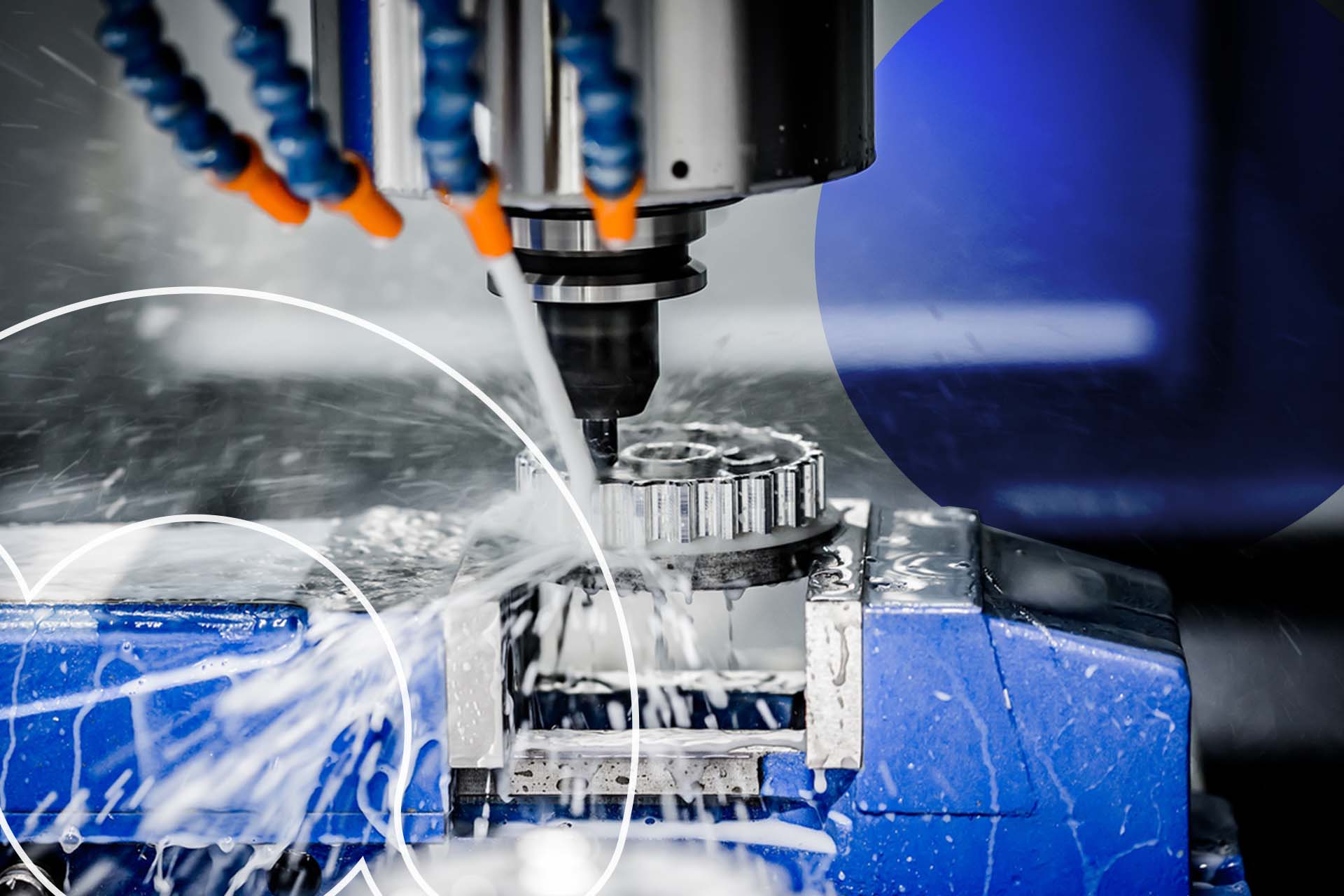
Optimization Tool Selection
Taking time to understand capabilities of your CNC machine is crucial before selecting your optimization tools. Thus, evaluated your spindle speed, axis movements, tool capacity, and control systems capabilities . Optimization tools can then be chosen on a basis of how they can leverage these capabilities . Cycle time can then be dramatically reduced ultimately improving your overall efficiency.
Analysis of Machining Processes
Perform a process analysis to understand which machining processes could benefit the most from being optimized. Look at every process in all of its critical detail from tool paths and cutting parameters to the number of tool changes and the time taken to move materials into and out of the machine. Finally, focus the optimization effort where it will generate the most benefit, which is as close to the part of the process where most time is being used to make the part.
Invest in High-Performance Tooling
To make the best use of your CNC Machine capabilities, invest in tooling that is designed to work in conjunction with your CNC machining applications. Quality cutting tool, such as solid carbide end mills and drills, can improve machining efficiency. High-performance tooling made to high specifications helps by reducing tool wear through better materials and coatings thereby allowing for higher cutting speeds and feeds. Advanced coating and geometries of caribide end mills and drills also improve machining capabilities of a CNC machine.
Utilize CAM Software
Deploy computer-aided manufacturing, CAM, software to produce optimized tool paths and machining strategies. Modern CAM software uses advanced algorithms and optimized cut utilization strategy to generate safe and efficient programs while still maintaining part accuracy and quality . Use CAM delivers many advantages including: automation in programming tasks, machining simulations to avoid mistakes, and the discovery of more efficient tool path geometry and strategy.
Tool monitoring systems
Use tool monitoring systems to actively monitor the cutting tools during machine operation. Automatic systems such as PRO Smart can monitor tool forces, ambient conditions, and monitor torque to detect tool breakage, lack of tool-engagement, and chatter.监 Every factory should implement an automated t tool monitoring system to keep the operator informed of worn or damaged tools to maintain the tooling in a proper condition. With proper tooling care, your CNC tooling will work reliably, ensuring that not time and material will be lost to poor quality.
Lean operations
Try and carry out your CNC machining practices in more efficient manner through applying the concept of lean operation in your manufacturing plant. Examples of operational efficiency can be optimizing your workpiece fixing , reducing the tool change time or improving the material management.
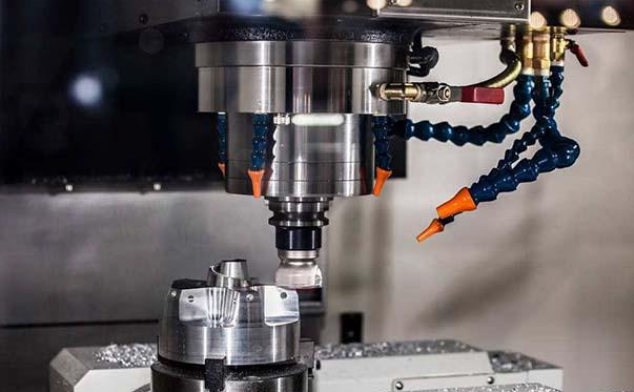
Adopt CNC Programming Best Practices
First of all, it is essential to master the CNC programming fundamentals. Become familiar with G-code, which is the standardized programming language to control a range of CNC machines. Also, get acquainted with basic programming commands and their syntax, such as the mechanism of tool movements for cutting or positioning purposes , spindle speed , and feed rate . The ability to write CNC programs enables the CNC machinist to have a toolpath tailored to the particular task and thereby achieve the highest levels of machining efficiency.
CAD/CAM Software
Equip the CNC programmer or machinist with the computer-aided design and computer-aided manufacturing software applications to program working with CNC machines. While the former will help create a detailed model of the part, the latter will allow generating a toolpath and G-code will be produced automatically. CAD/CAM software optimizes the CNC programming time and enables the designing of the most efficient toolpath for machining.
Using High-Speed Machining (HSM) Strategies
HSM strategies imply that the cutting parameters are quite aggressive, and CNC machines operate at high spindle speeds and feed rates . However, while removing material quickly is important to enhance the level of efficiency per individual part, one has to ensure that part does not lose quality. By being aware of the cutting parameter gap, the CNC programmer can optimize the process to achieve maximum cutting power and, as a result, lower machining time. Spare parts last longer and surface finish is improved.
Optimizing Toolpath
In order to lower the machining time and reduce the time between parts while also minimizing the wear of tools, one has to optimize the toolpath. The best programming practices take into account angle of entry and exit for each toolpath, direction of cutting, and the depth of cut. It is desirable to use various cutting strategies, such as adaptive cutting or trochoidal milling in which the tool is constantly experiencing 80% of tool diameter and mixing 20% air and 80% metal removal. By programming with the best toolpath strategy, one minimizes the air between the tool and the part, which eliminates the necessity of the tool to retract and reduces machining time.
Tool Presetting
Program the CNC machine with the system that will allow one to measure and preset the tools offline. No tool should be inserted in the spindle until it is measured for length and width. Seen as a type of calibration, this programming strategy enables newcomers to reduce the time they spend on setting tools or guessing and checking the lengths. Only a thoroughbred machinist can immediately get the length right. As a result, the time is optimized, setup takes less time, and one can get the toolpath right from the very beginning.
Simulation and Verification
Run the CNC program on a simulator in order to ensure that it is ready to run on a CNC machine. The simulation software will display the future position of the tool, air-cutting simulations in which the depth is so far down no machinist would allow it to get down there, and possible crashes. It is better to fix the program at home rather than allow crashes at work. You have to make sure everything runs smoothly and without any errors, and only afterward, you can implement it in the production process. A successful verification enhances the efficiency of a CNC machinist by saving time. However, the toolpath strategy and the program must always be continuously analyzed for mistakes, and one should always continuously learn from other machinists.
Monitor and Maintain CNC Machine Tools
Establish a comprehensive preventive maintenance program for your CNC machine tools. This program should include regular inspections, lubrication schedules, and calibration checks. For instance, every morning, carry out a check on the machine’s spindle bearings, ball screws, and way covers. Machinists should look for ways to identify wear signs or potential breakage to early resolve defects. By maintaining CNC machines, wear damages are early detected and prevented from breaking down unexpectedly, increasing the machine’s lifespan.
Real-Time Monitoring of Machine Health
Utilization of Real-time monitoring systems in monitoring machines health and performance is implemented. These systems continuously collect data from machines including spindle temperature, axis vibration, and how the tool wears. Condition monitoring sensors could be implemented to caution operators through triggers set when the machine reaches a certain extreme. Monitoring the machine’s health helps optimize performance and reduce downtime.
Tool Check-ups
Regular inspection of cutting tools is paramount to see the condition taken. Tool edges should be ignored to detect if the metal is worn out, chipping or is dull. Check-up tools should not be used, instead, replace when done with monitoring for machining to be carried out efficiently. Tool presetting systems that allow machinists to correctly measure tools’ dimension and offset prior are to be put.
Spindle Maintenance
Micro-spindle maintenance routine should be carried out to maintain the spindles’ reliability and longevity. Inspection and run-out for abnormality should be carried out frequently to detect irregularities. Spindle bearings should be monitored in changes to prevent overheating and ensure no wear occurs. This is beneficial for maintaining machining accuracy and preventing downtime.
Cleaning and Managements of chips
Proper cleaning and management of chips and debris in the CNC machine tools and machines are conducted. Coolant tanks should also be cleaned to remove chips using coolant filtration systems. This is because neat coolants help clean machines, and the workshop’s environment reduces tool wear, scrap, and rejects from products.
Training and Engagement on Machine tools
Comprehensive training supported by ongoing support for CNC machine tools operators to be facilitated. Operators should appreciate the role of machine monitoring and maintaining it to maximize production. CNC operators should take over the responsibility of looking after the machine tools and promoting productivity. Colleges and hospitals should engage this training to reduce down times.
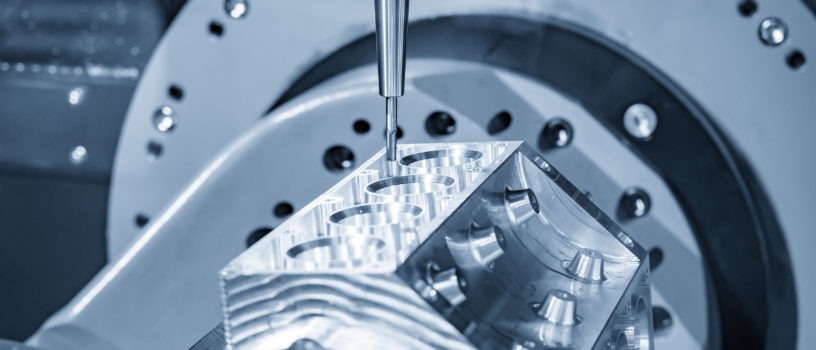
Strengthen Inventory Management
Start by analyzing your current inventory levels and usage patterns of raw materials, cutting tools, and consumables. Refer to your records and sales data to identify which items are used most frequently and have higher turnover rates. For instance, if certain cutting tools are almost always in use, have them in stock or use an automated replenishment system. If you outsource the production of some materials, work closely with your suppliers and ensure they have the capacity to deliver as per the schedule. Performing analysis gives you an understanding of the goods to hold in-house and the right quantities to maintain.
Implementing Just-in-Time (JIT) inventory systems
Implementing just-in-time (JIT) inventory systems would also help minimize excess inventory and support optimized levels. A JIT system maintains the stock levels of raw materials as close to the end products as possible, allowing you to create inventory on an as-needed basis. Work with suppliers to deliver such materials as soon as demand signals come to reduce waiting time. You can follow a similar process with the suppliers of materials and components. As a result, you reduce warehousing and carrying costs, eliminate stockouts, and maintain reasonable inventory levels throughout the supply chain.
Using inventory management software
Using inventory management software could also ensure you accurately track and control inventory levels. Inventory management systems support real-time tracking and monitoring of inventory, automatic reorder alerts, and even demand forecasting. Employing technology to minimize errors suggests the use of barcode or RFID systems to check in and out of inventory. You can also use the technologies to remove errors in picking and receiving and maintain accurate inventory records.
Implementing Vendor Managed Inventory (VMI) programs
Implementing vendor managed inventory programs with your most reliable suppliers will also ensure efficient stock levels. Under VMI agreements, the suppliers of the materials or components you use check the inventory levels on your behalf and replenish stock as required. Vendor managed inventory programs eliminate the reliance of buying and logistics teams and support the suppliers in keeping the inventory levels in check. Work closely with the suppliers to establish a point of reorders and other triggers and delivered in the system when demand fluctuates.
Conducting regular inventory audits
Conducting regular or routine inventory audits would also ensure you catch discrepancies early on, minimize loss or shrinkage, and ensure the information’s accuracy. Ensure you perform a physical check or count of the inventory and match the results to the systems. Check for the root causes of discrepancies and determine possible solutions and maintain accurate records. You can analyze and determine whether you have constant stockouts, which implies incorrect reorder quantities, repeated shrinkage, poor receiving accuracy, among other things.
Streamlining material handling and storage
Streamlining material handling and material storage would further minimize waste and maintain efficiency. Organize the warehouse and other storage areas such that you can easily access every item and quickly find when you need it. You can also maintain the arrangement of older inventory in places where employees can access them first. Implement a FIFO or a LIFO system depending on how you decide to rotate the inventory. Invest in material handling equipment when you have huge materials to handles. A good example is investing in forklifts for bulky and heavy pallets, balance scales, pallet jacks and other equipment.



